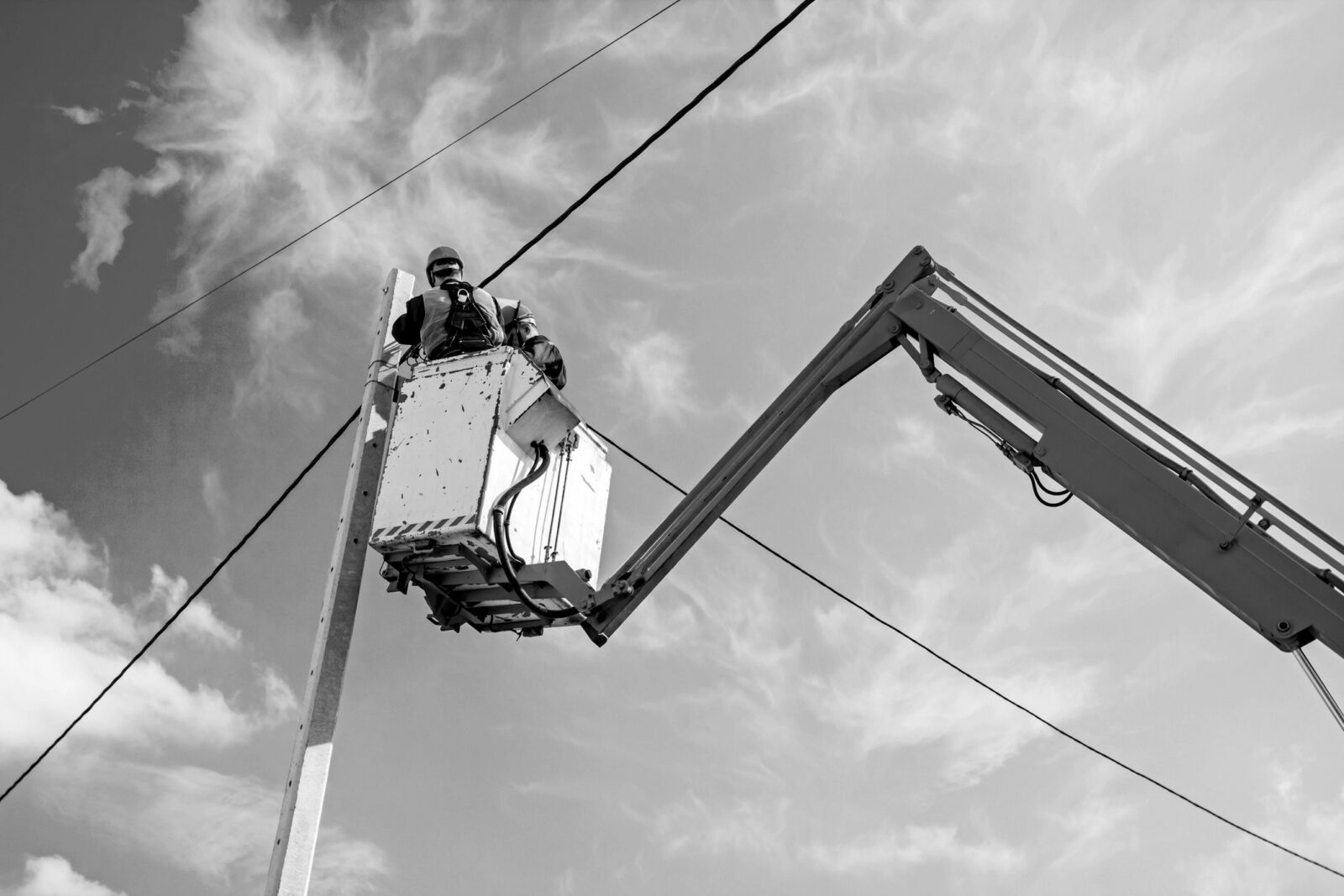Construction defects occur whenever finished or partially finished construction fails to perform adequately as required by contracts or accepted standards. These defects can be the structurally deficient concrete, the bridge whose cables flex and snap, the adhesives that refuse to bond, the paint that keeps peeling, the roof that won’t stop leaking, and several other scenarios which can pose a threat to your life.
Obvious vs. Latent Defects
Construction defects can either be obvious or latent. Defects such as coating failures and undersized beams are typically apparent during construction when liability is clear, and the cost of correction is minimal. Most failures are latent, which means that the defect exists at the time of construction but goes undetected until after construction is completed and its systems are in use. Latent defects may not even be noticeable until several years after. An example of a latent error is a structural beam that meets the specific size, color, and grade requirements. While this beam might sound adequate, its strength might be too weak.
Even worse is when latent defects are progressive. This occurs when a latent defect gradually becomes worse over time, such as when the structure and it’s systems are subject to wear and tear or can be impacted by natural forces. Some examples of latent defects include:
- Roofs that over time cause damage to building components and cause mold growth
- Pavement that loses its strength due to gradual loss of supportive subgrade
- Feeble concrete that eventually deteriorates over several freeze-thaw periods
Defect vs. Manifestation of Defect
Defects are often different from the manifestation of the defect, but both most be corrected. Manifestation is the apparent condition of the structure, a component, or the materials that are caused by the construction defect—these all provide evidence of a deeper problem. Underlying defects might be inappropriate materials, inadequate structural support, improper subsurface preparation, or small expansive joints. Additionally, movement of the supporting structure, the foundation, or the underlying earth can classify as manifestations of underlying defects such as improper foundation reinforcement, soil compaction, or shear wall attachment.
It’s essential to detect both the defect itself and the manifestation of the defect, as only focusing on the symptoms will not correct the overarching problems.
Contractor Liability
A contractor’s obligations are clearly outlined by the construction contract, which provides the basis for liability if the contractor fails to perform as expected of him or her. Contractors are expected to present their work entirely in accordance with fully outlined plans and specifications. Although a contractor who complies with plans and specifications is usually not responsible for construction defects, a notable exception is when contractors were aware that a plan or specification was defective.
Owner Liability
Owners are quick to consider themselves immune from liability for construction defects and failures. According to the average owner, designers should have the capability of producing plans and specifications that are sufficient for their intended purposes, and the contractor is expected to execute those plans accordingly. However, owners have been found responsible for defects in construction sites in some cases. For example, an owner who utilizes a finished structure in a manner not contemplated in the design cannot complain if their usage results in structural failure. Typical is the situation where an owner overloads the building with machinery or other unusual loads. An owner’s misuse of the structure may be the cause of failure.
Construction defects result in poor aesthetic and worse cases, the loss of human life. When a defect or collapse occurs, the contractors or owners may be exposed to liability. You’ll need a personal injury lawyer to help you fight in court. At Flickinger • Boulton • Robson • Weeks, we have helped clients in a wide range of work-related injuries. Contact us today to get the compensation you deserve.



